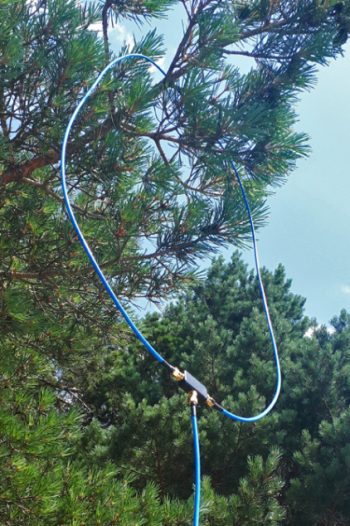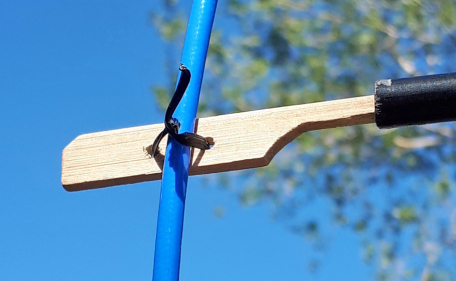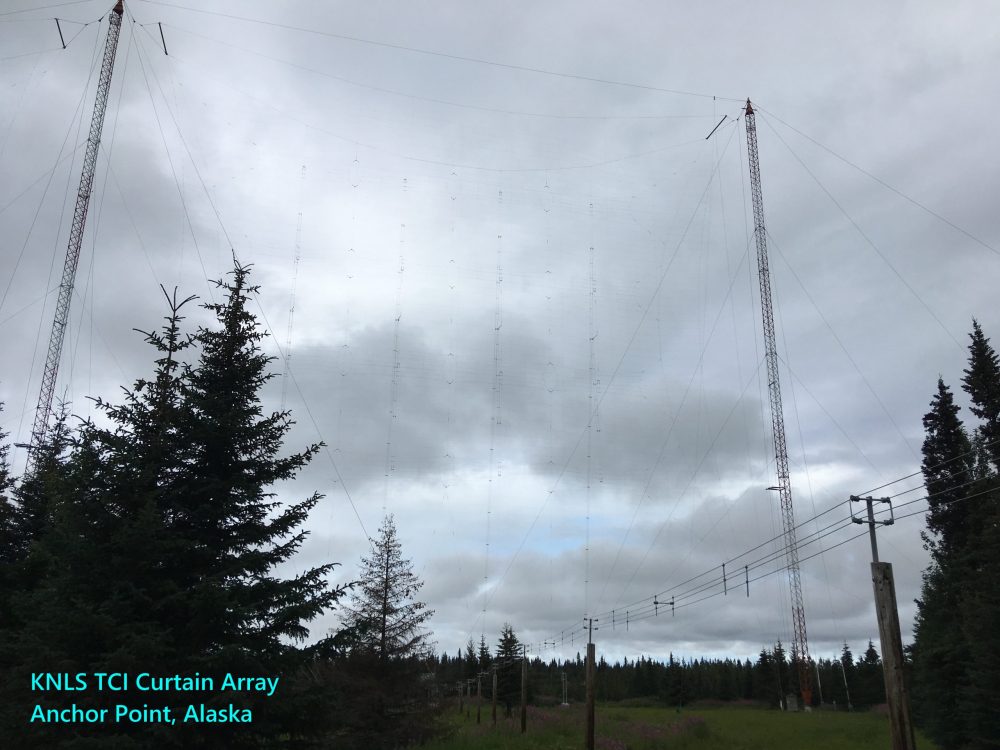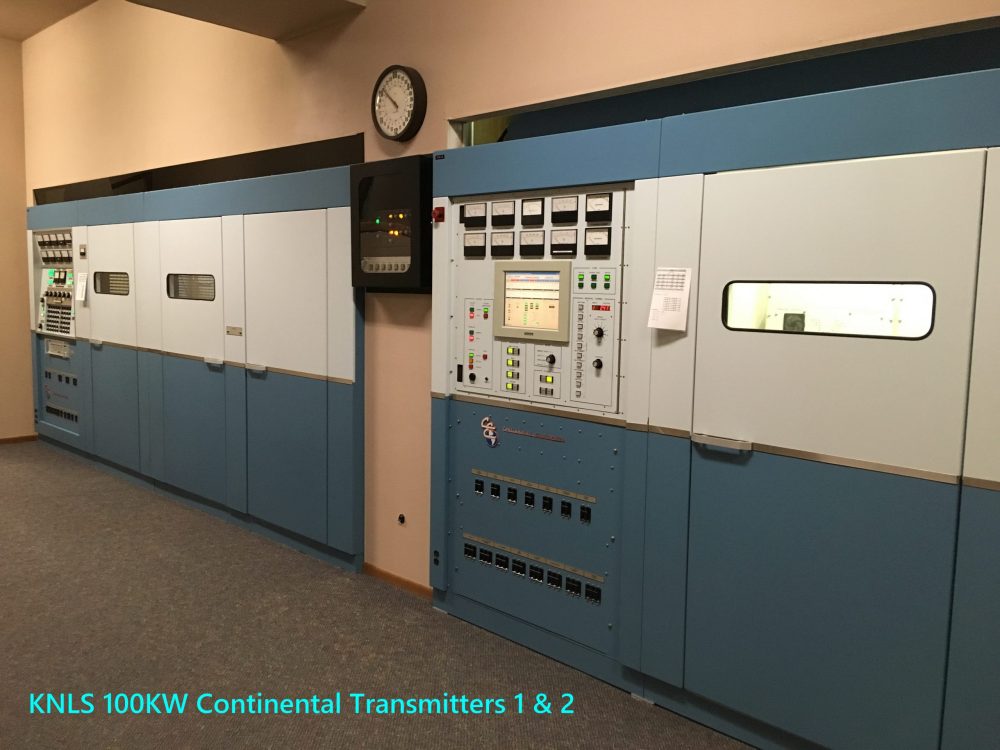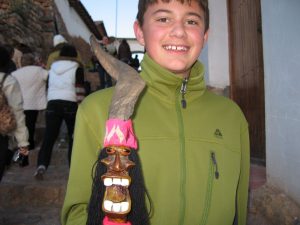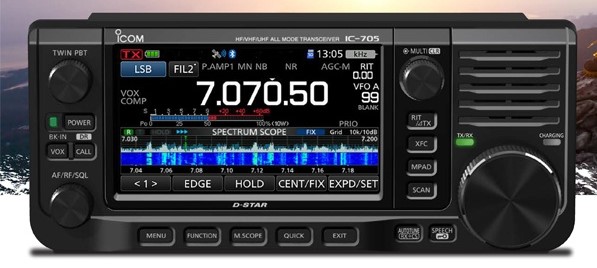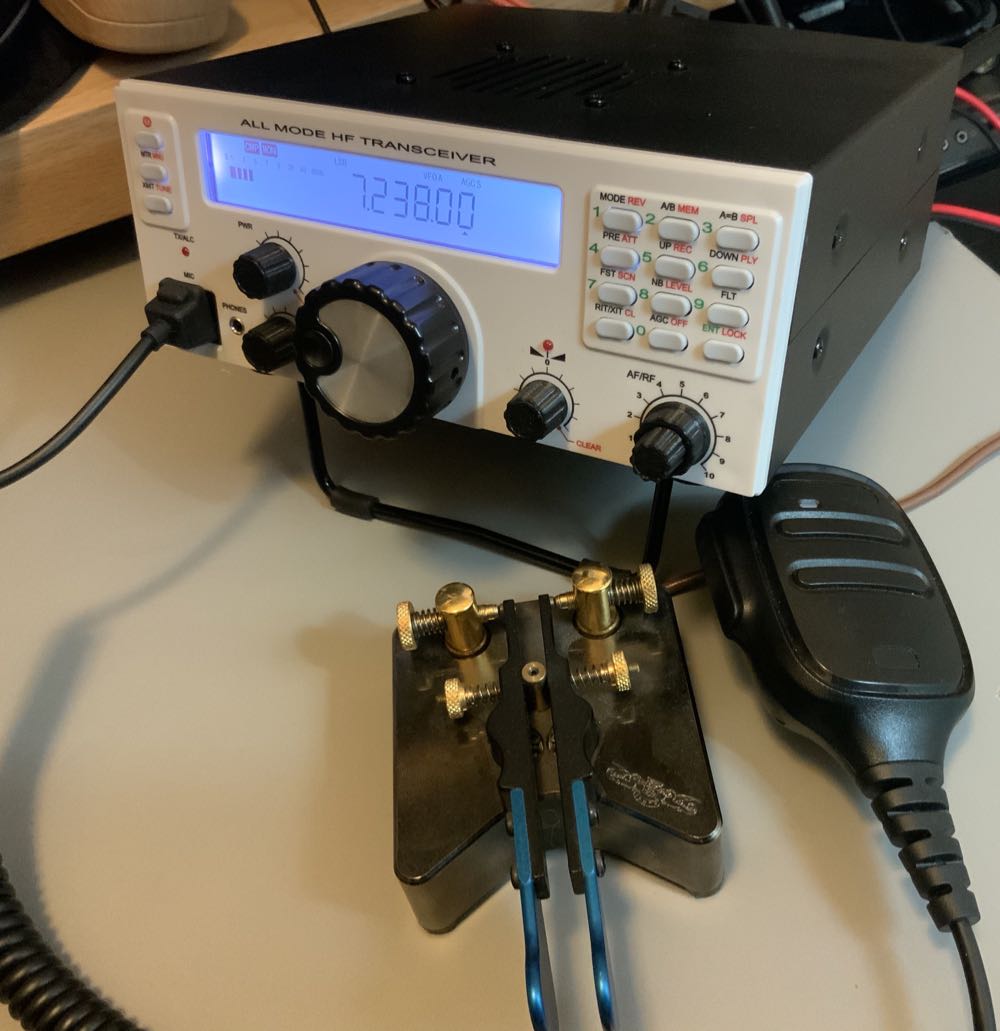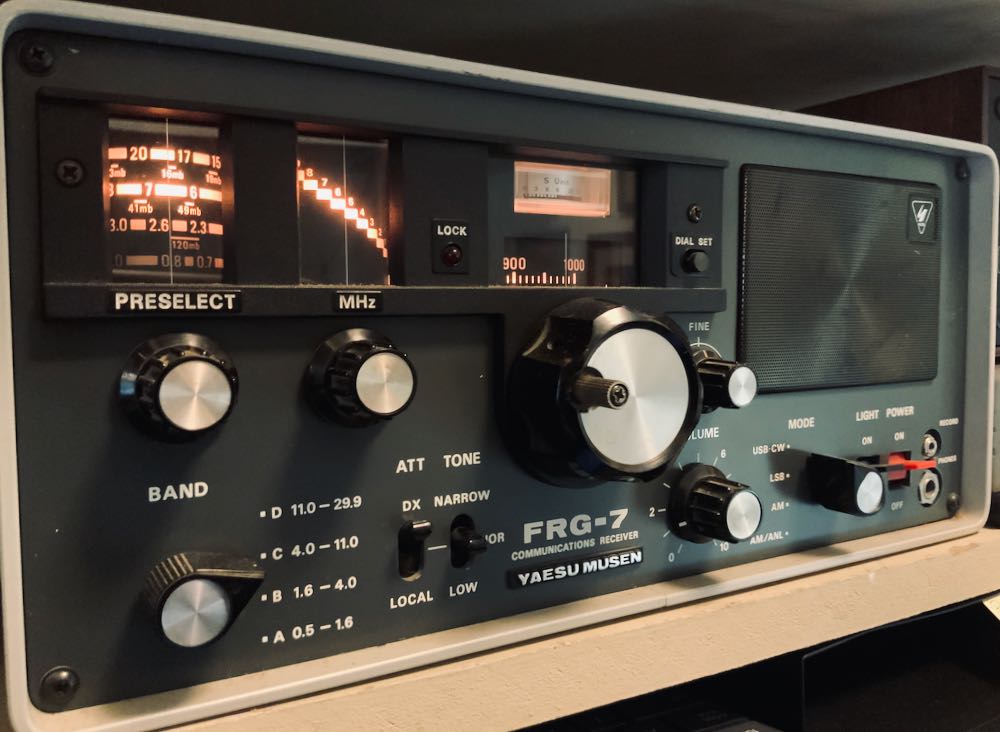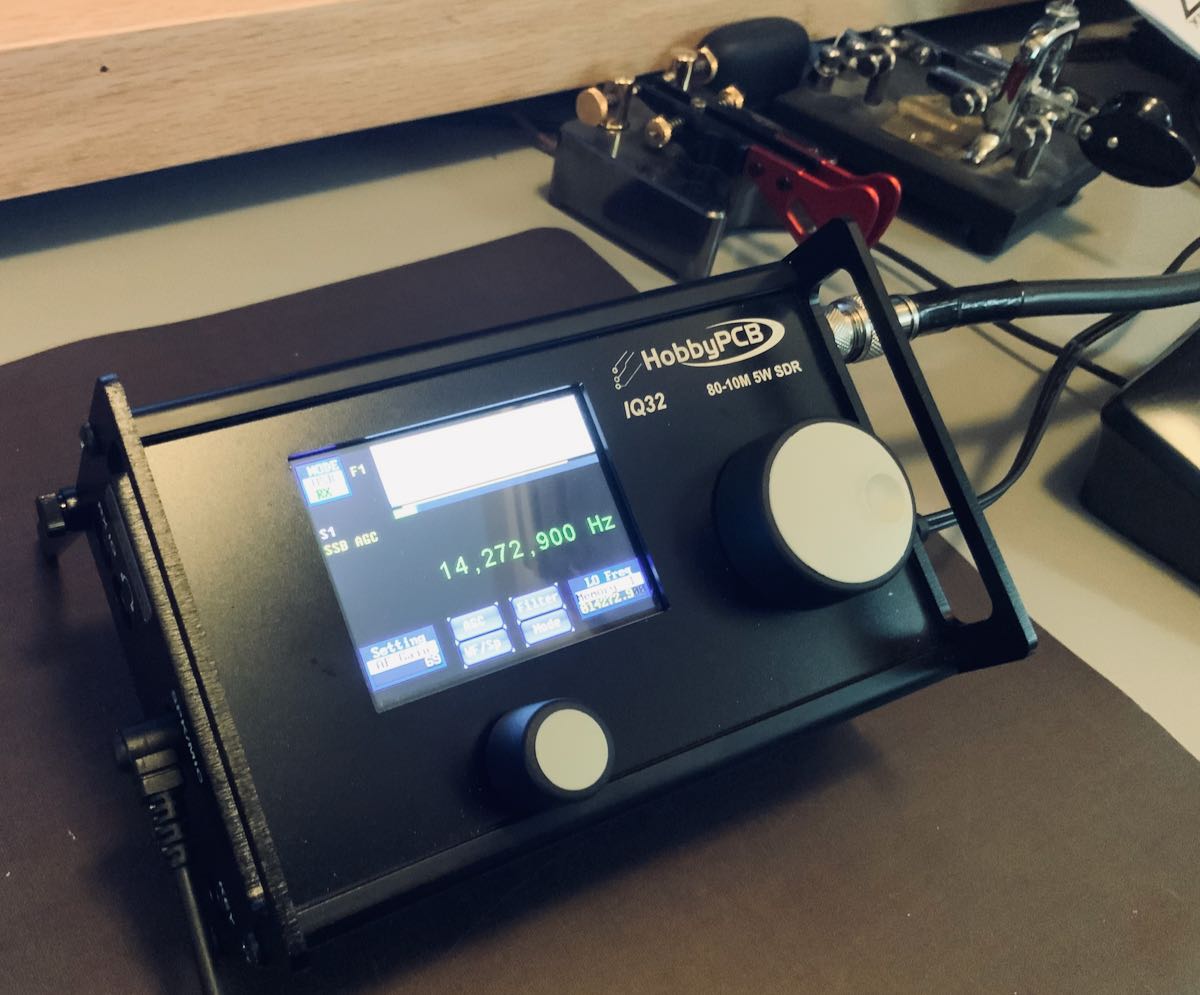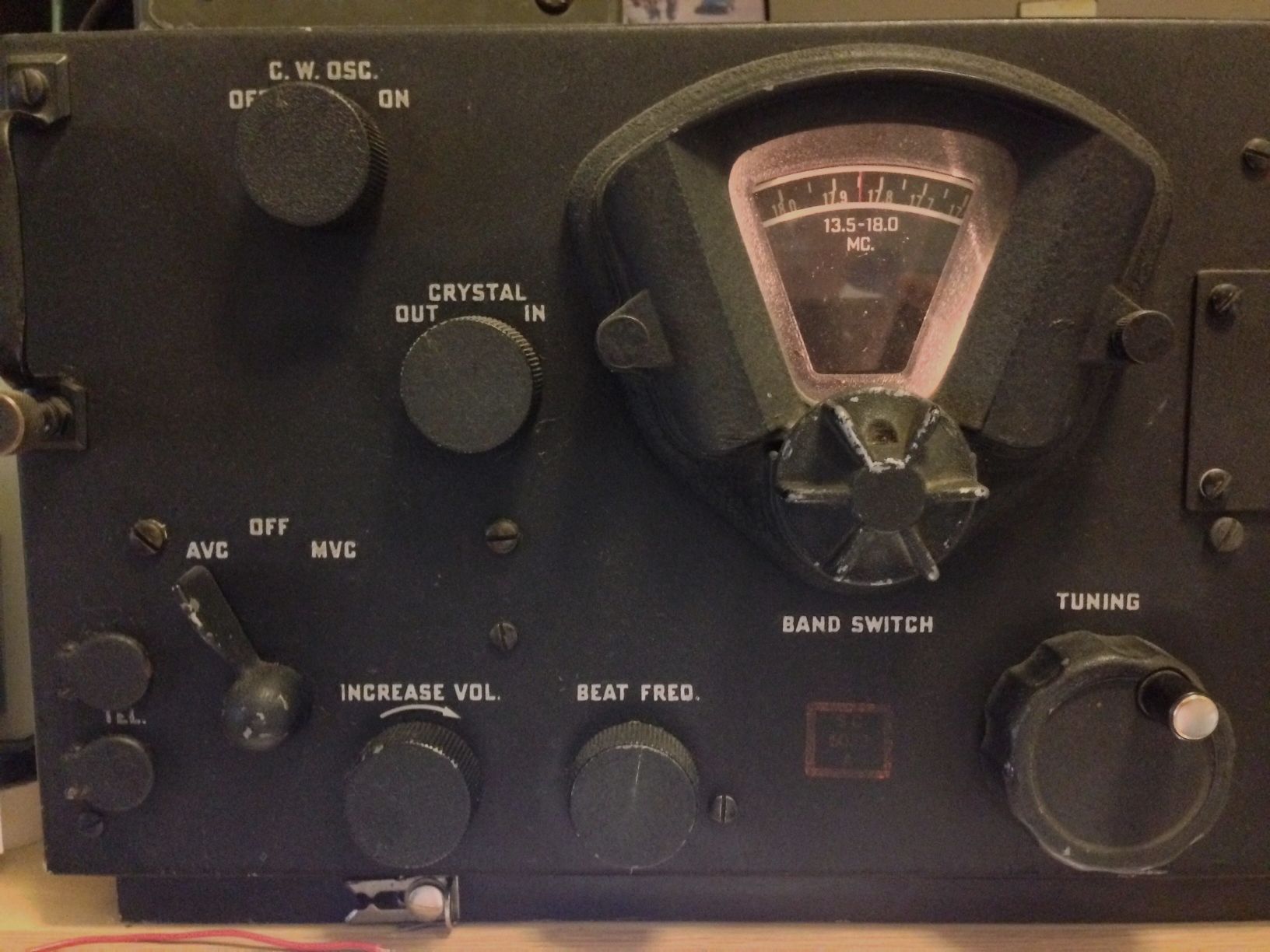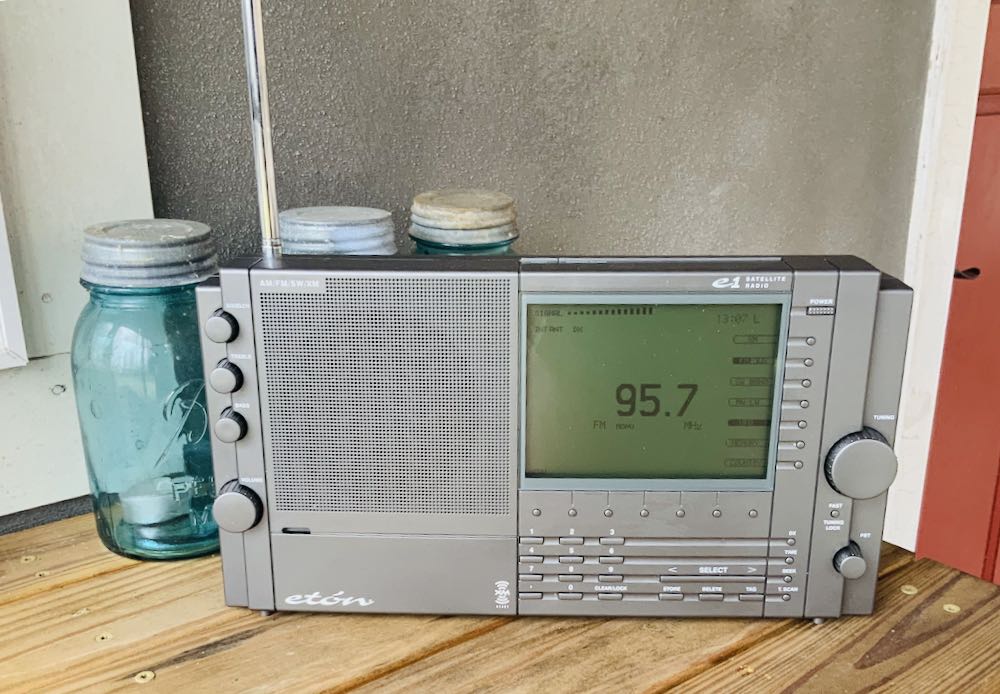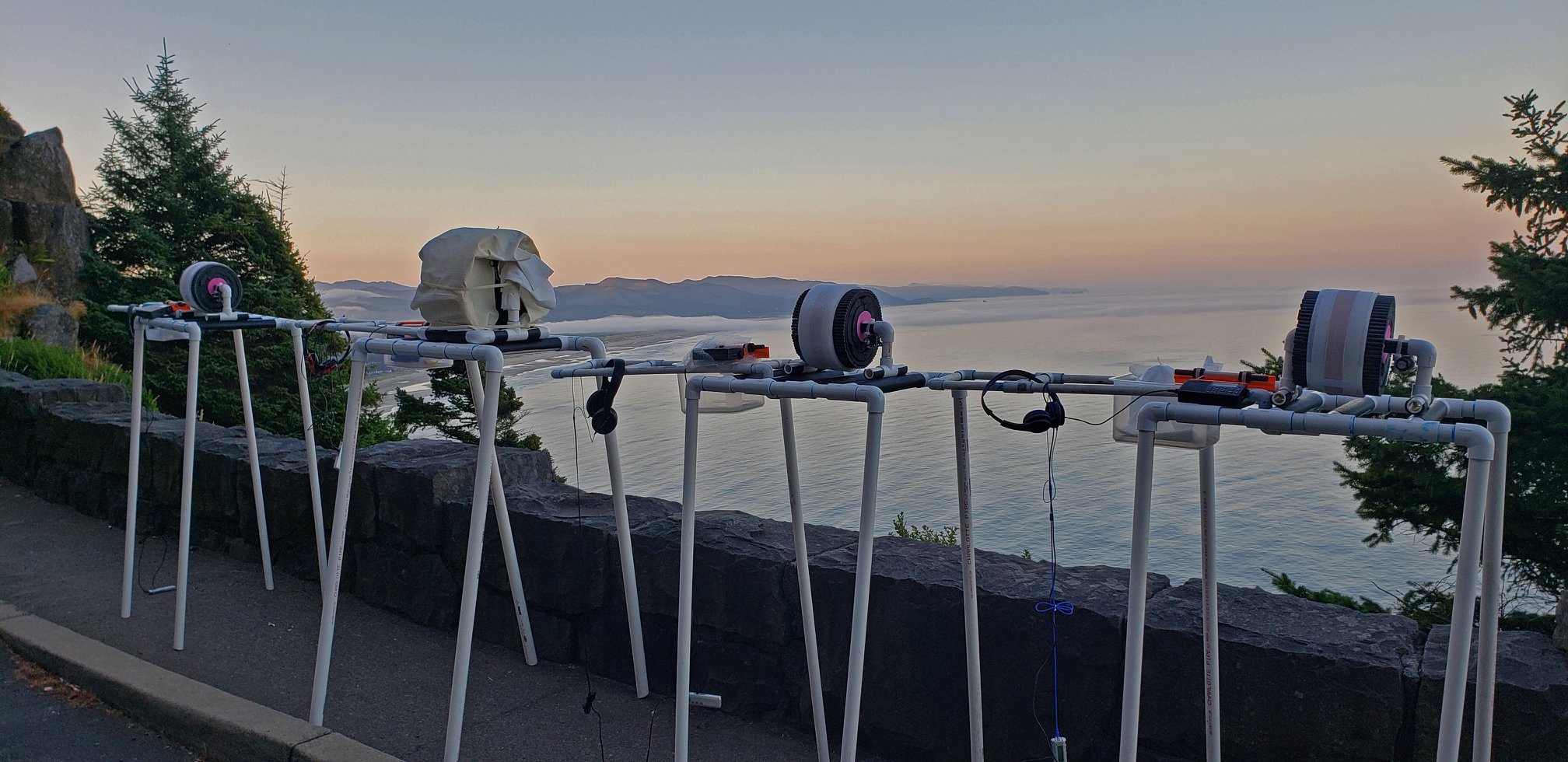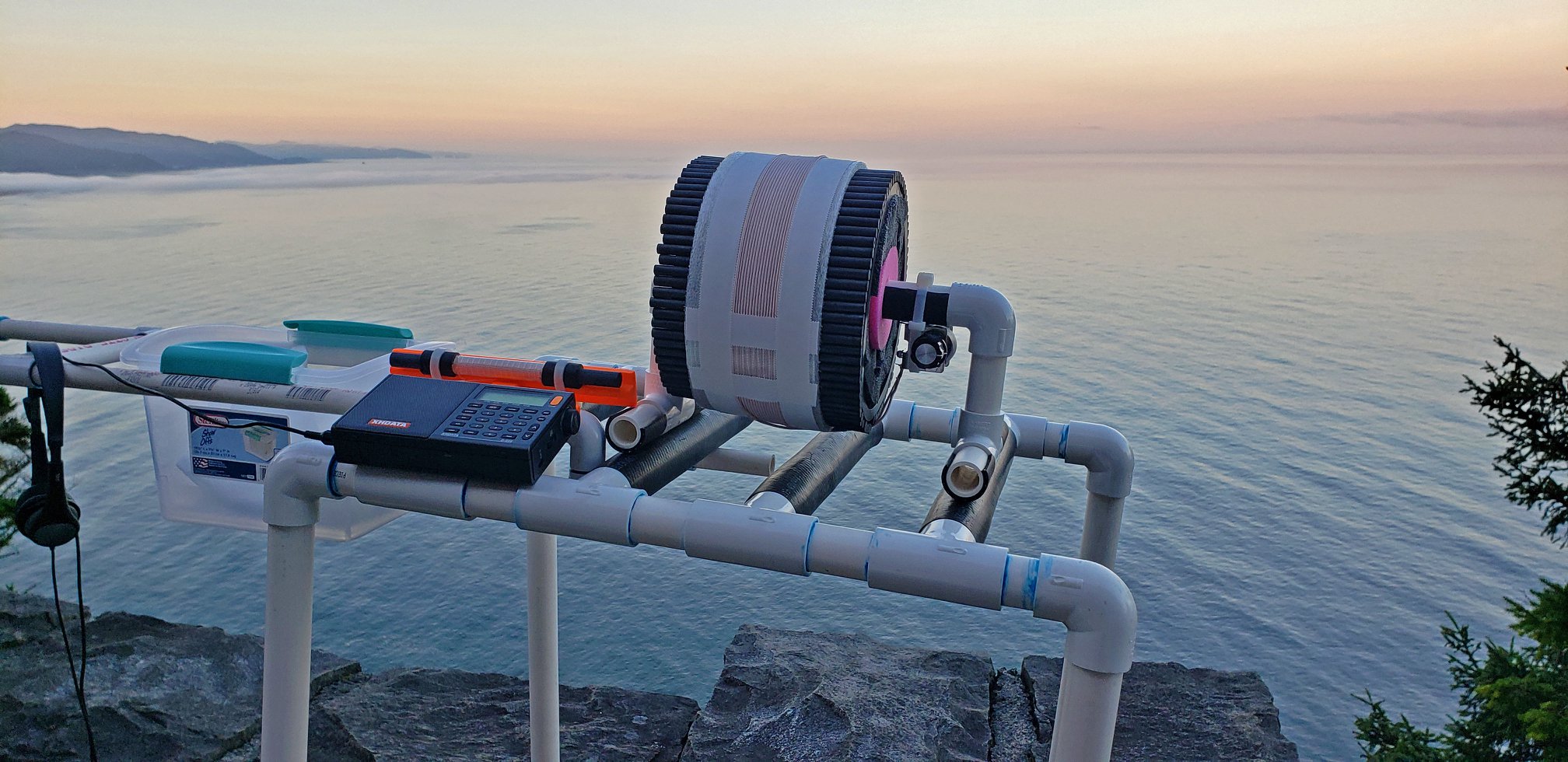Many thanks to SWLing Post contributors, Paul and John (KC8RZM), who share the following press release from Icom:
Icom releases the ID-52A/E Amateur Handheld Transceiver with Color Display and Bluetooth® Communication
Icom Incorporated (Headquarters: Hirano, Osaka, Japan/President: Masataka Harima) releases the ID-52A/E*, VHF/UHF dual band digital transceiver that supports D-STAR (Digital Smart Technologies for Amateur Radio).
* ID-52A is the USA version, ID-52E is the European version
The ID-52A/E is equipped with a color display. The display size is increased to 2.3 inches (1.7 inches for the ID-51A/E), and a transflective display is used to achieve excellent visibility, even in bright sunlight. The transceiver also supports Bluetooth® communication as standard. Wirelessly connect to Android™ devices with ST-4001A/ST-4001I Picture Utility Software and RS-MS1A Remote Control Software installed, the optional VS-3 Bluetooth® headset is also available, for hands-free operation.
And the following features are enhanced from the previous ID-51A/E models. Simultaneous reception in V/V, U/U, V/U as well as DV/DV. Air band reception is expanded from VHF to UHF (225 to 374.995 MHz). The new model can be charged via micro USB connector. Audio output is significantly increased from 400 mW to 750 mW. The latest function of D-STAR enables you to send, receive and view saved photos on an installed microSD card using only the ID-52A/E.
In addition to the above, the ID-52A/E has a variety of attractive features such as the DR function with easy set-up, built-in GPS receiver, micro SD card slot, IPX7* waterproof construction, and Terminal/Access Point modes. The ID-52A/E is a product that leads the amateur radio digital communications with enriched features that satisfy any users, from beginners to even heavy users who want to fully enjoy D-STAR.
Main Features
- 2.3″ large transflective color display that is easy to see outdoors
- Bluetooth® communication as standard
- Simultaneous reception in V/V, U/U, V/U and DV/DV
- Enriched D-STAR® features including the terminal mode/access point mode
- UHF (225?374.995MHz) air band reception
- Significantly increased audio output power to 750 mW (400 mW for ID-51 series)
- Accessories for the ID-51A/E such as battery packs and microphones can be used


